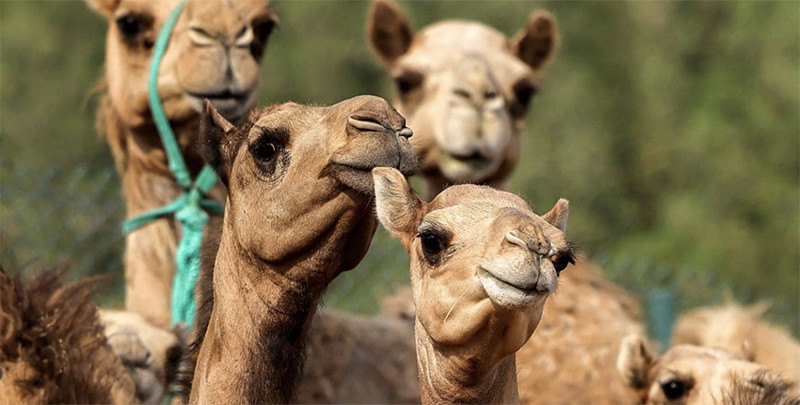 |
In 2009, the world's first successful camel cloning by Nisar Ahmad Wani was hailed as a great scientific achievement. This scientist is now the Director of the Reproductive Biotechnology Center (RPC) in Dubai, and this method is so popular that cloning research takes up 5-9 hours of his working day.
Wani's team is researching and developing new cloning techniques and maintaining cell banks that will allow for the creation of clones of other animals such as buffalo and sheep.
However, the center still focuses on cloning camels. Each year, the center creates dozens of dromedary camels through asexual cloning, most notably a replica of the camel "beauty queen", with a harmonious combination of drooping lips and a long neck.
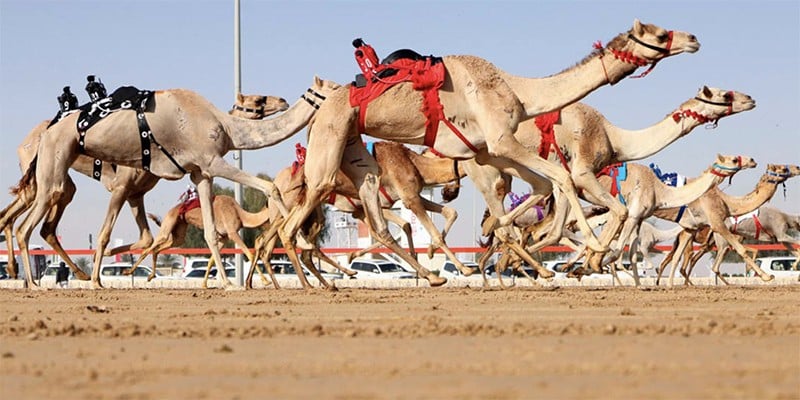 |
Beauty Regeneration
Camel beauty pageants are popular in the Gulf states, with prize money running into the tens of millions of dollars. Previously, the use of techniques such as silicone and filler injections, and the use of rubber bands to inflate body parts to enhance the attractiveness of the “contestants” was considered illegal. But cloned camels are completely legal in these competitions.
Although RPC did not disclose the price of cloning, according to local press, the cost of having a 1-1 copy of the most beautiful camel could range from $50,000.
In addition to cloning beauty queens, Wani’s team has also created elite racing champions to compete in the UAE’s many camel races, genetically modified camels to produce proteins in their milk that can be used in pharmaceuticals, and helped owners preserve images of their pets from cell samples that can be taken immediately after the animal dies.
Wani's team is developing a process that uses DNA from "somatic" (non-reproductive) cells taken from donor animals. The nucleus from these donor cells will be transferred into eggs and activated with chemicals.
“The DNA from the somatic cells starts to behave like the DNA of an embryo. Once activated, they are cultured in the laboratory for seven to eight days before being transferred to the uterus of the “surrogate mother”. The child born has all the genes from a donor animal,” said Wani.
However, according to Wani, the success rate of this procedure is only about 10%, compared to 60% of full-term natural pregnancies.
A cultural icon
Peanuts have long been a part of everyday life in Dubai. In addition to competing in competitions, the unihumped animals transport goods across the harsh deserts of the Arabian Peninsula, as well as providing meat and milk. They are also a cultural symbol of the traditional Emirati way of life.
“Camels were essential to survival in the Middle East before the oil era,” says Obaid Al Falasi, co-founder of the Arabian Desert Camel Riding Centre, Dubai’s first camel riding school. “Because of their ability to withstand harsh climates and survive on very little food and water, camels were the chosen means of transportation between countries and settlements. In addition, camels were considered as people’s assets and companions, a custom that still exists in some tribes and families in the region. For many, they also have spiritual significance. Camels are mentioned in the Quran and are described many times as having unique characteristics compared to other animals, due to their God-given ability to survive without water and food.”
With such characteristics, according to Obaid Al Falasi, cloning camels is not considered a blasphemy. "Cloning is a scientific achievement in its own right, that is what it is considered to be," he explained.
In addition to cloning, to improve the chances of success and fertility rates, the Dubai Camel Breeding Center is focusing on a method of transferring embryos from one female to another camel. Al Falasi said the cost of cloning is too high for most people and embryo transfers are more common, "to ensure that a good camel can produce more offspring, instead of waiting one or two years."
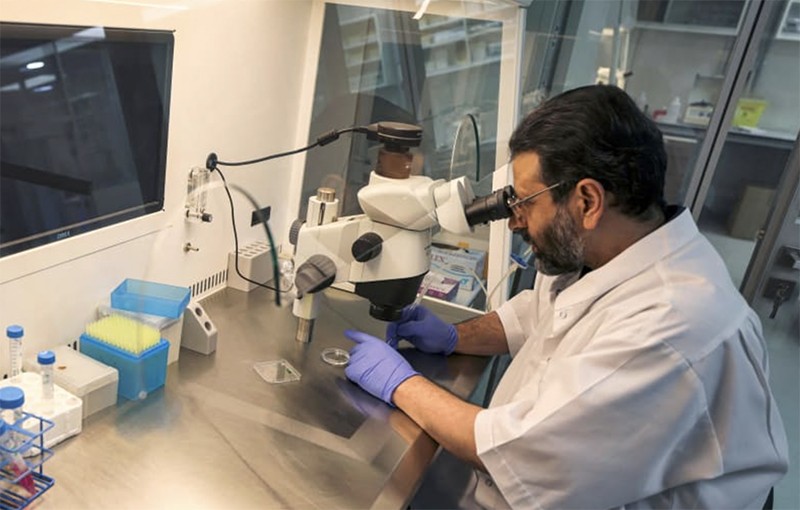 |
Revival
Now, Wani and his team are looking to use this technology to help endangered species.
The wild Bactrian camel is one of the most endangered large mammals on the planet, threatened by habitat loss and interbreeding with domestic camels. To help conserve the animal, Wani’s team is investigating techniques involving somatic cell nuclear transfer between species, in which a closely related domestic animal is used as both an egg donor and a surrogate mother to carry the cloned embryo to term.
In 2017, the first cloned Bactrian camel was born at the center using this method, after the embryo was implanted into a dromedary.
In the future, Wani hopes to use cloning techniques to conserve other critically endangered species and even help restore extinct species.
“Our centre focuses on developing and applying latest reproductive techniques such as cloning, IVF, artificial insemination and embryo transfer to enhance breeding of various animal species in the region and also to conserve endangered species,” Wani said.
| Confirmed 2 lions at zoo died of Covid-19 The management board of Adventure World Zoo in Shirahama town, Wakayama prefecture (Japan) has just confirmed that two lions in ... |
| IAEA confirms finding most of Libya's lost uranium On March 24, the International Atomic Energy Agency (IAEA) announced that it had found most of the approximately 2.5 ... |
Source


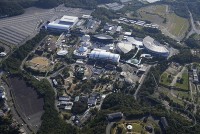
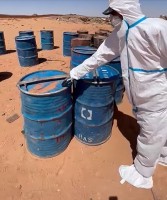
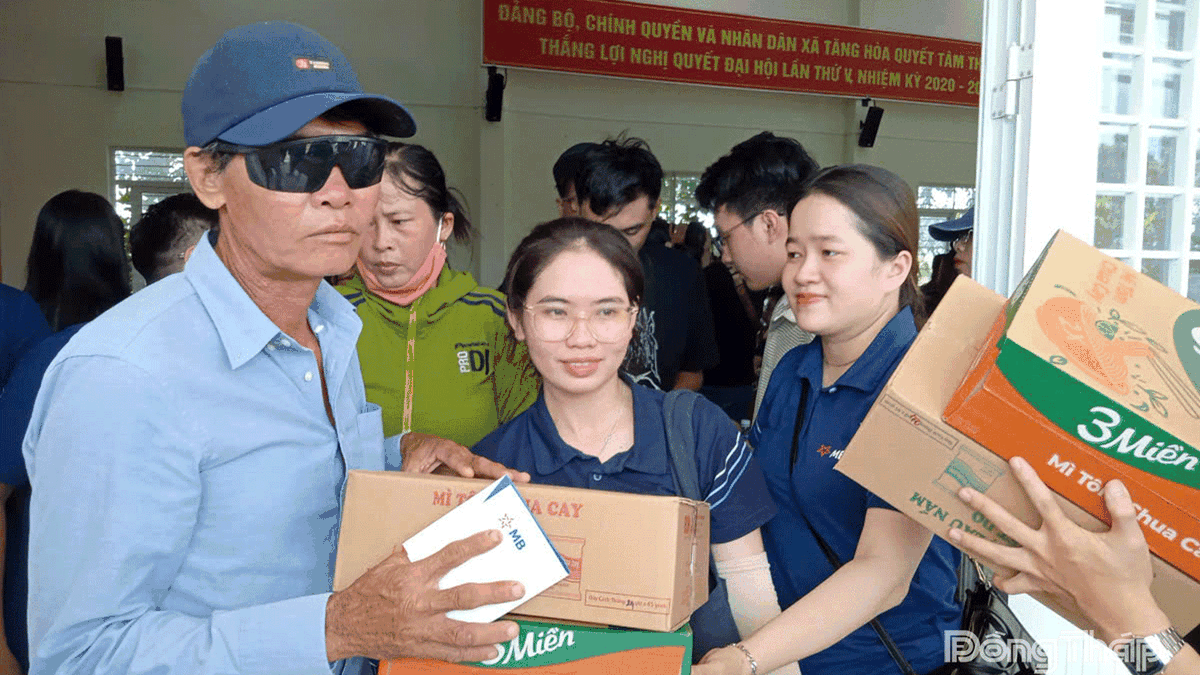

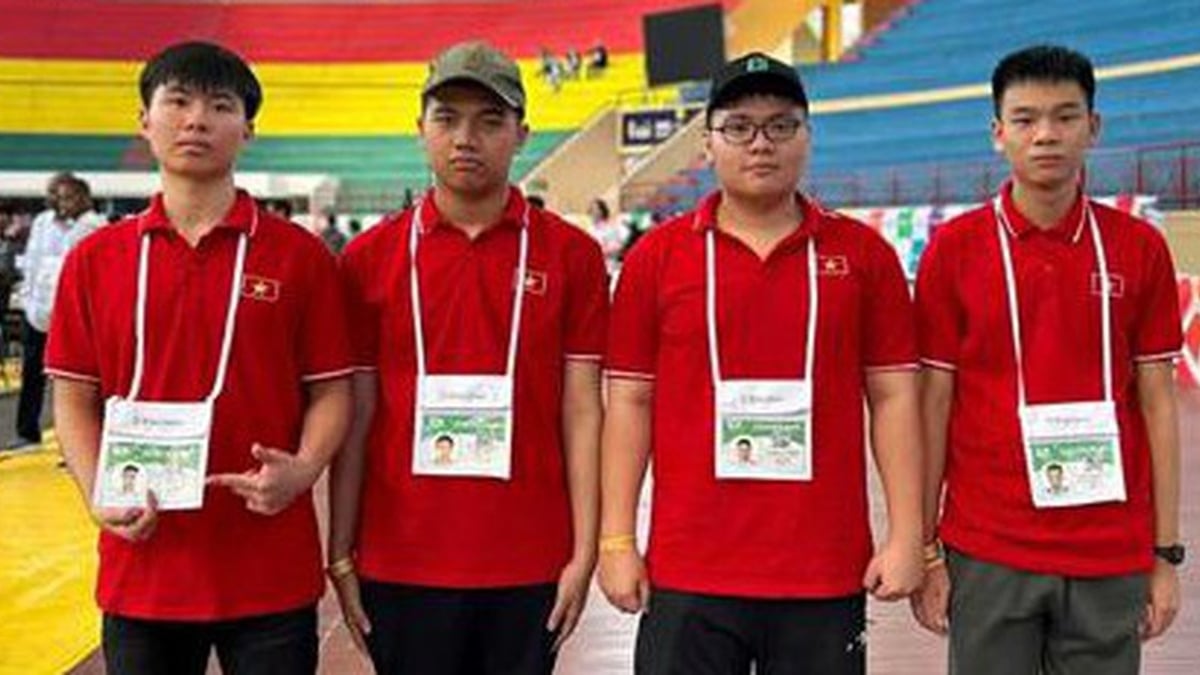
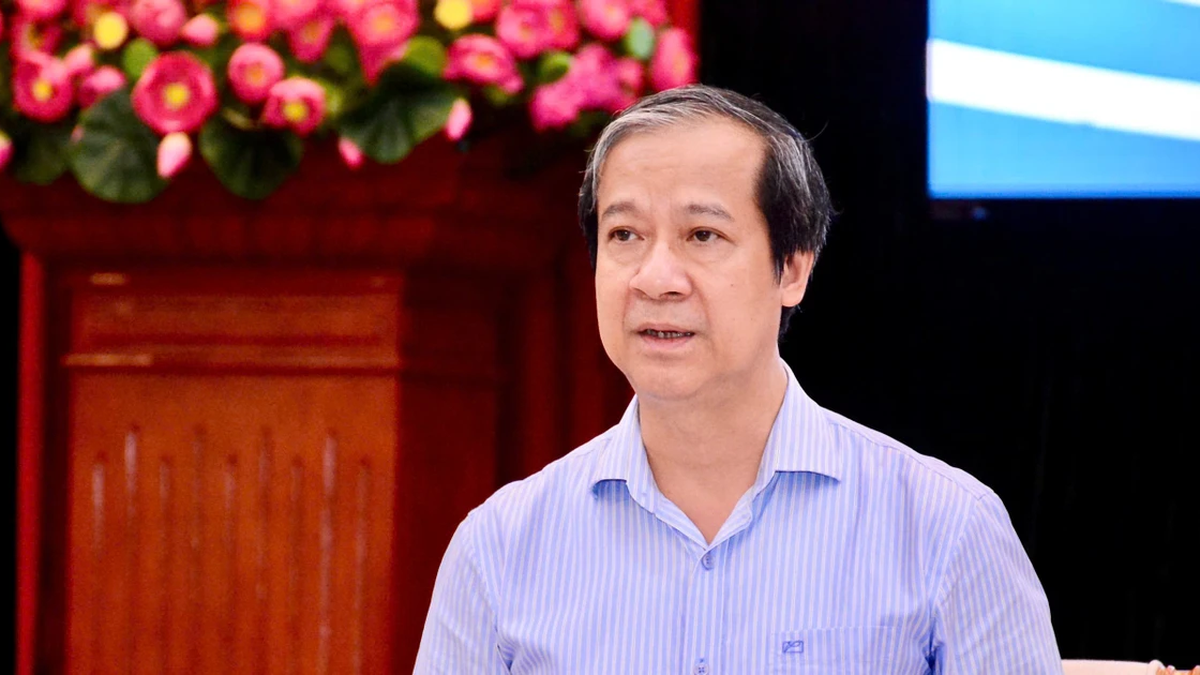


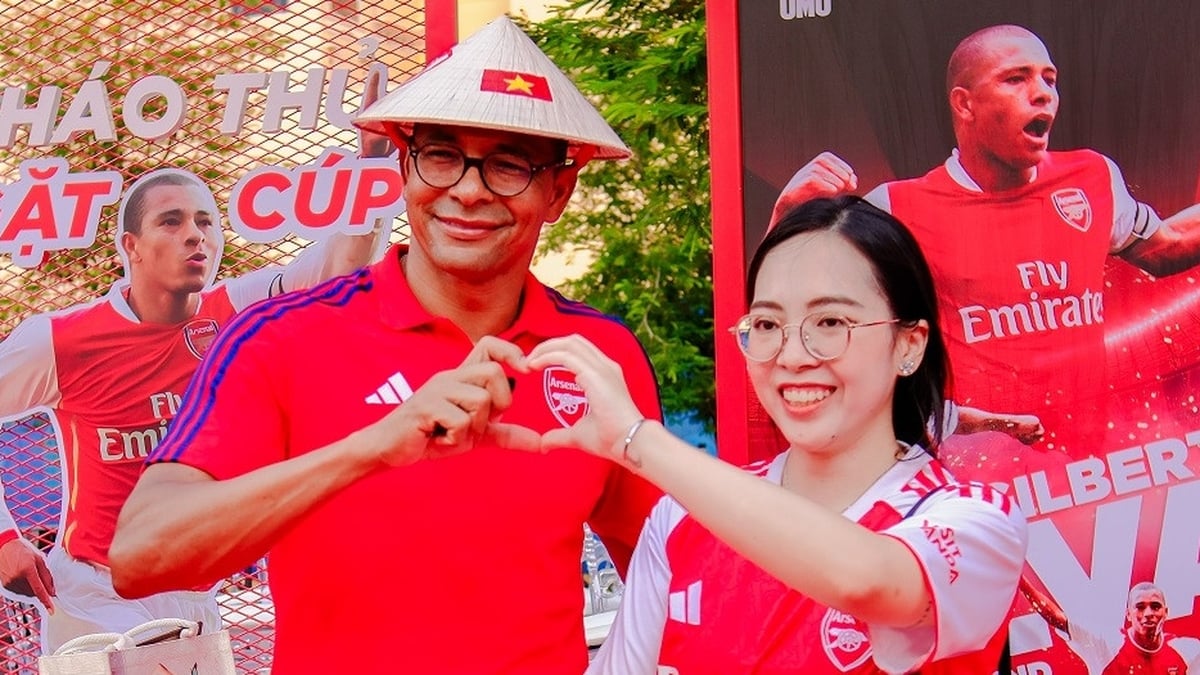
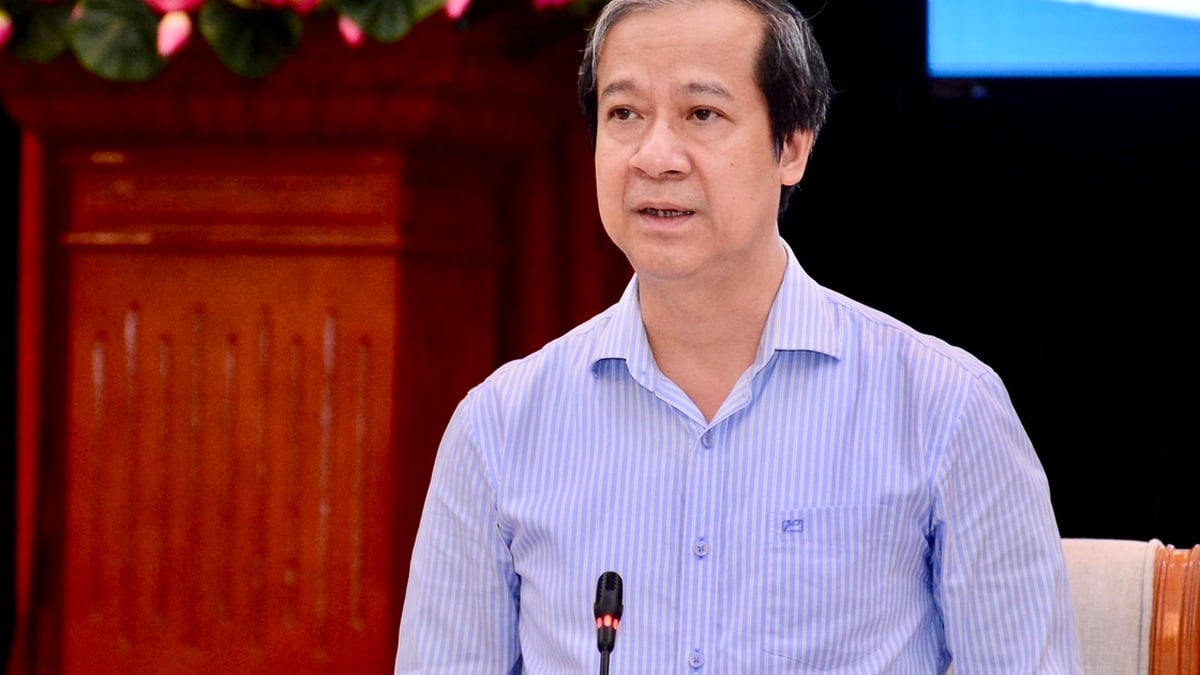
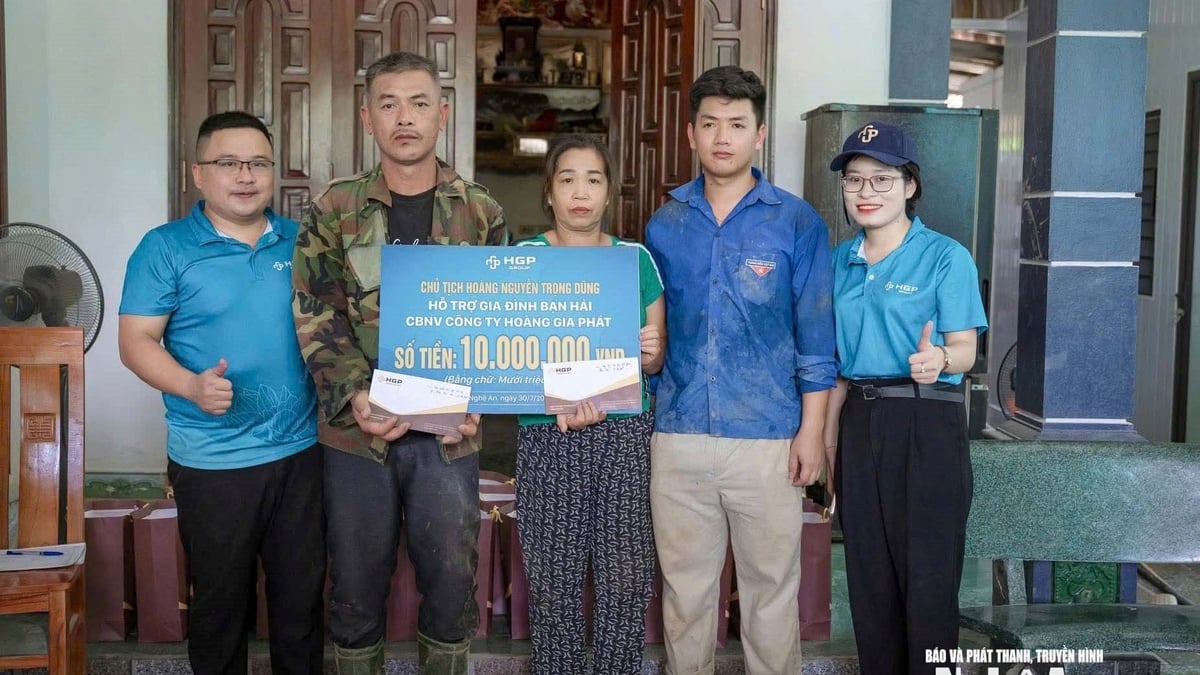
























































































Comment (0)